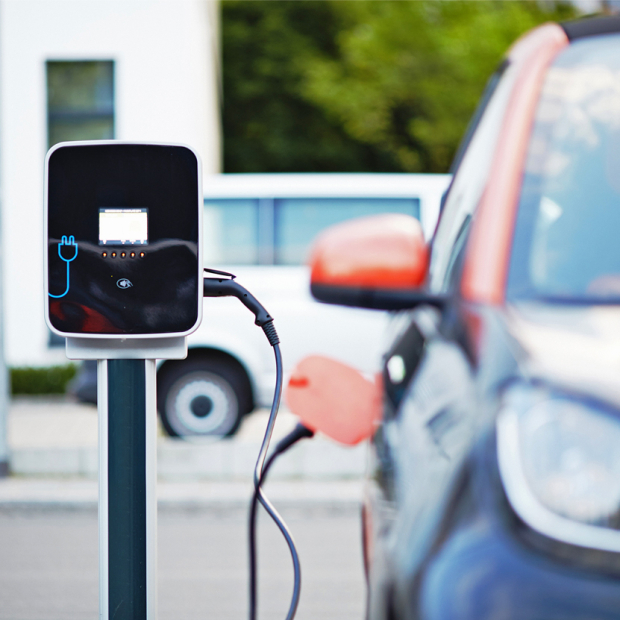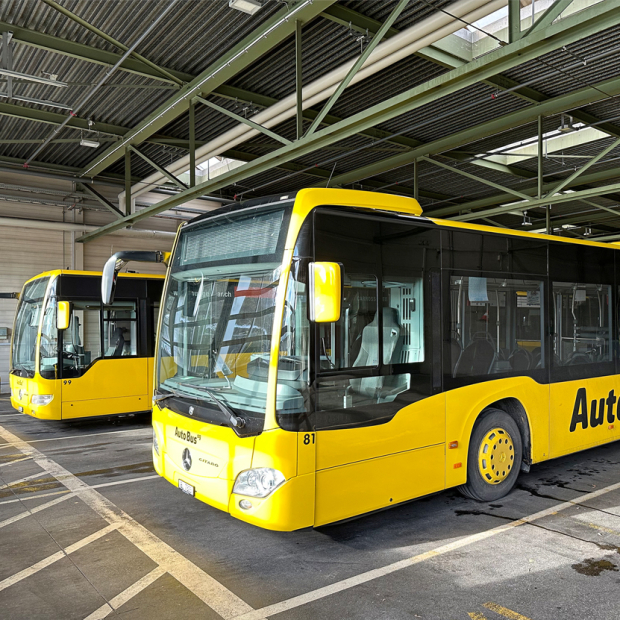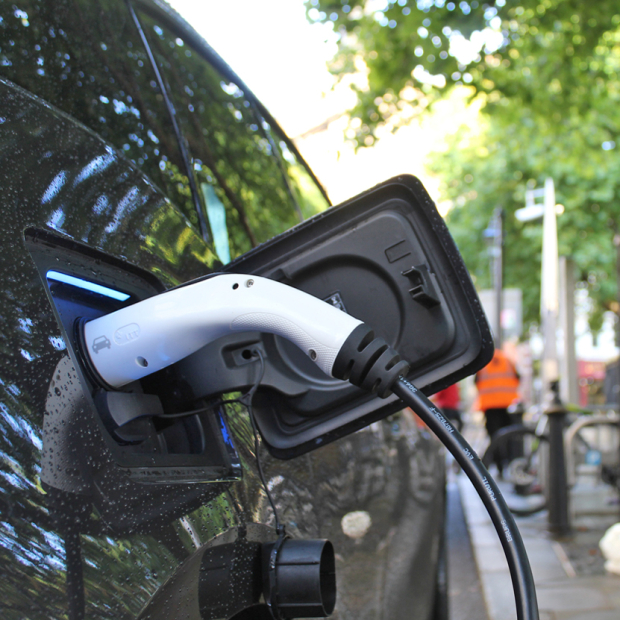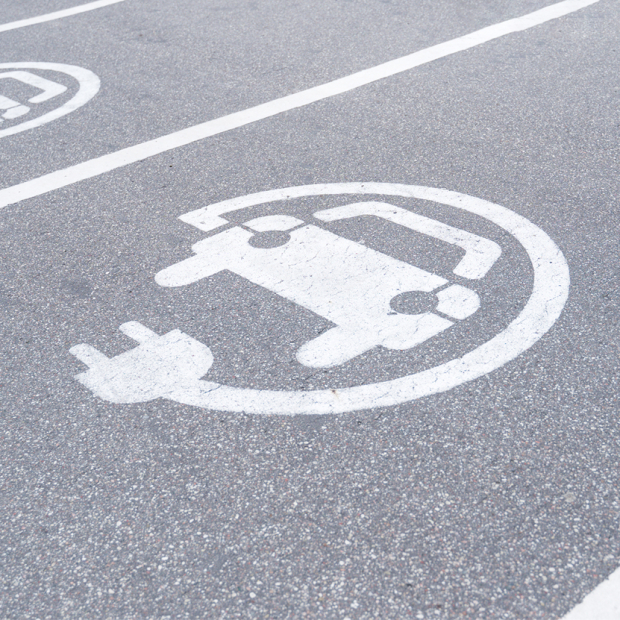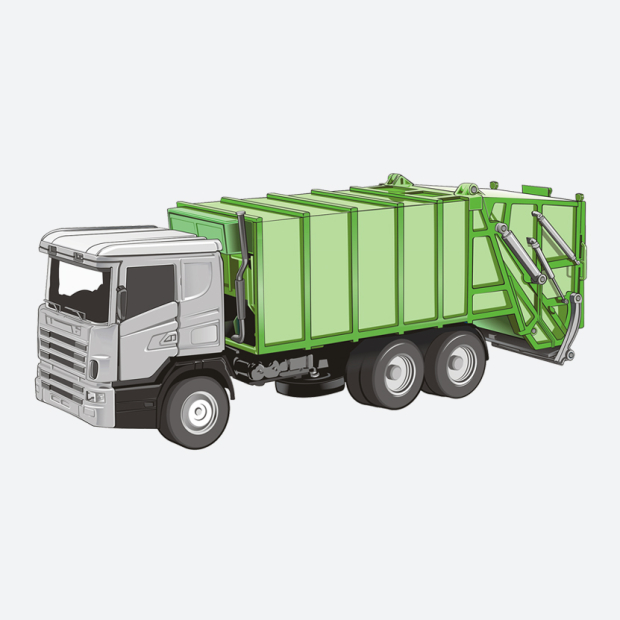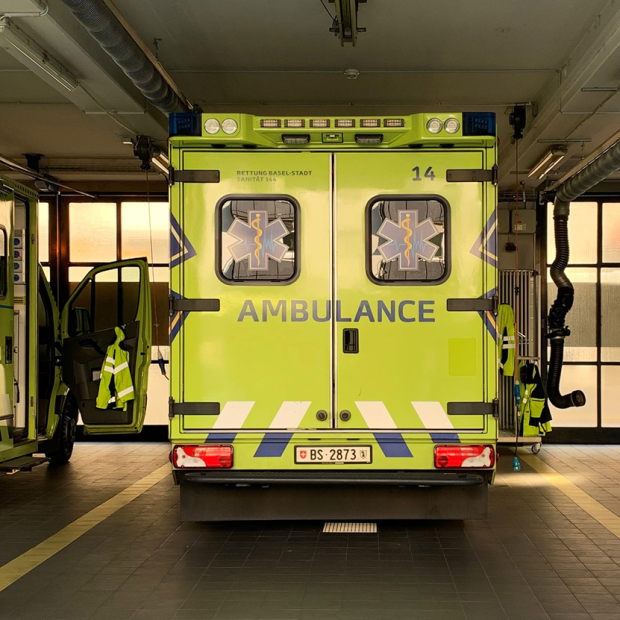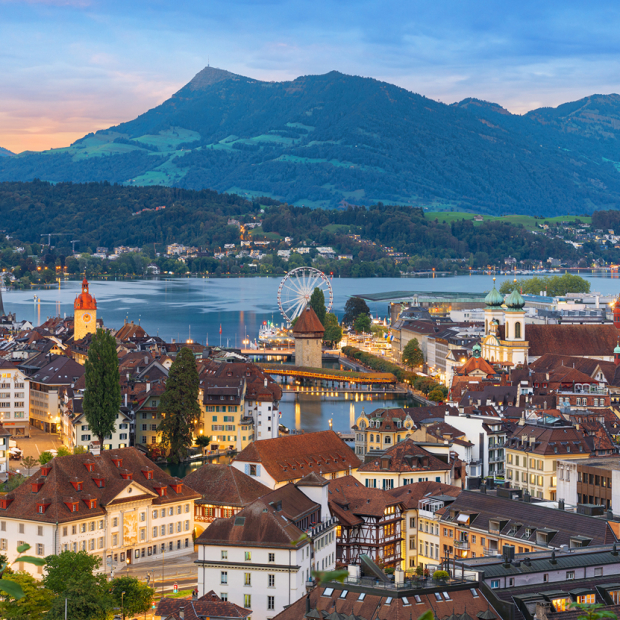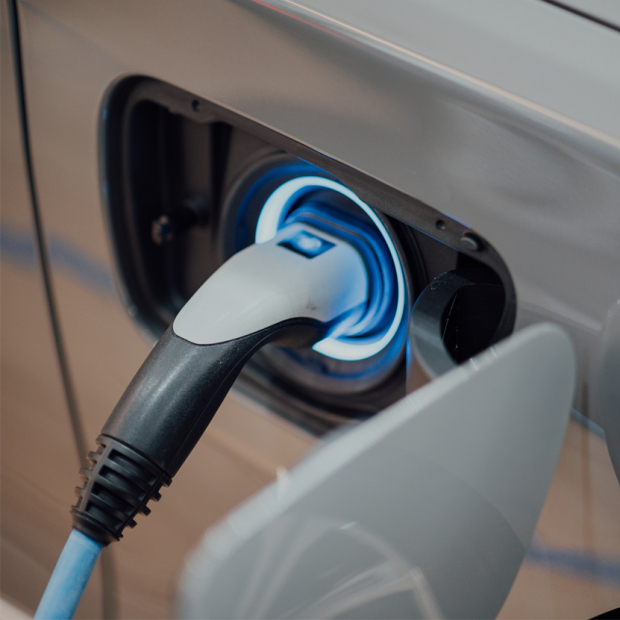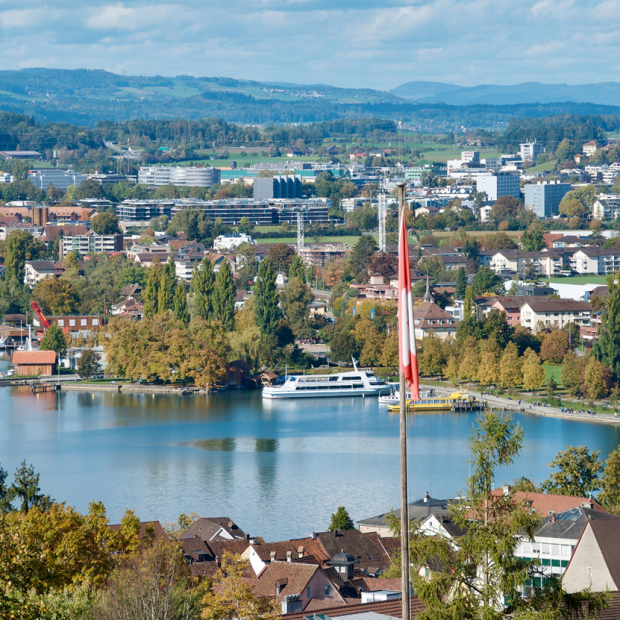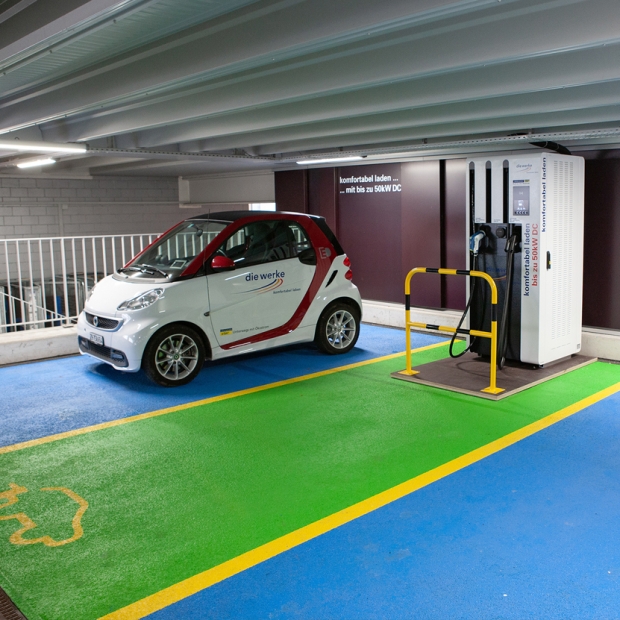
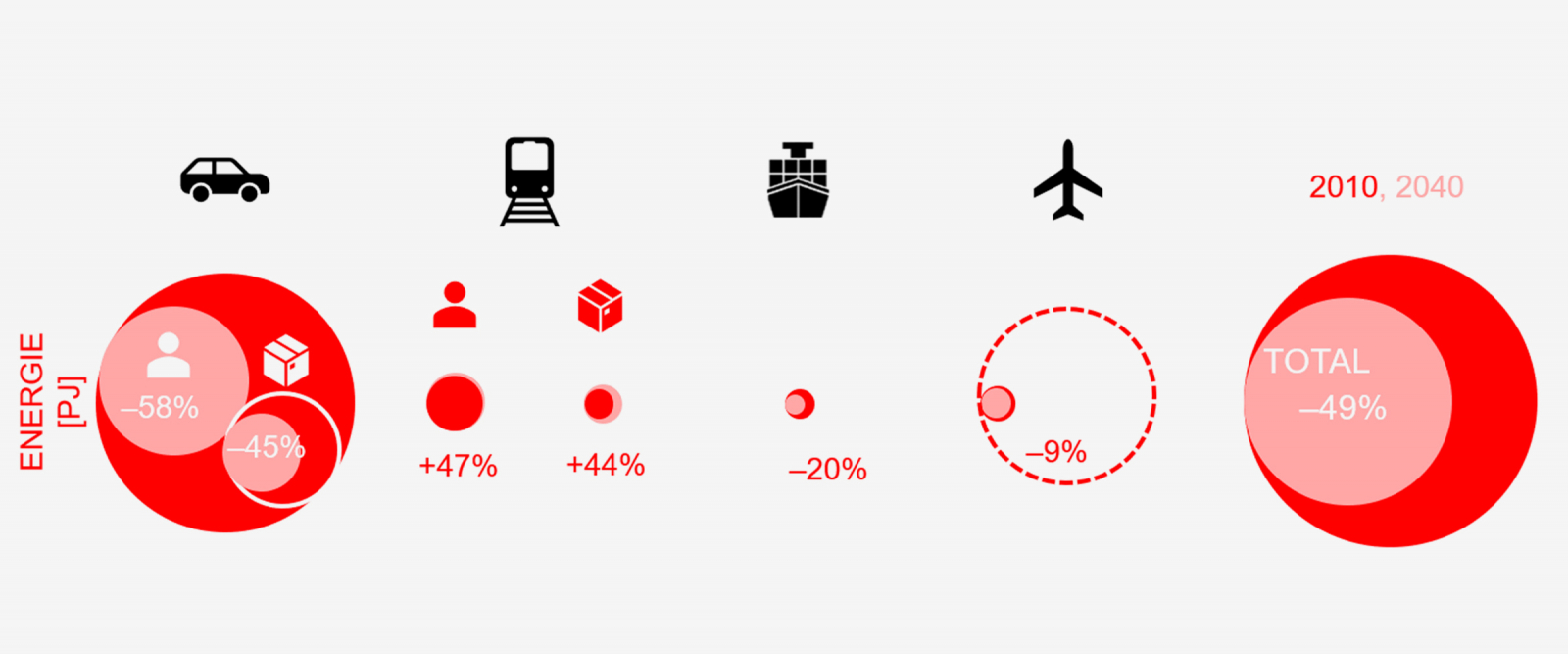
Key factors to securing an environmentally sustainable transportation system
Switzerland’s transportation needs continue to grow along with the country’s growing population and affluence. What is the best approach to ensuring the environmental sustainability of the country’s transportation system? What factors are crucial when it comes to lowering the environmental impact of transportation?
In addition to high levels of energy consumption, passenger and freight transportation in Switzerland account for one-third of the country’s CO2 emissions and a significant share of its PM10 emissions and noise pollution. Moreover, the country’s transportation infrastructure accounts for one-third of its developed space while also carving up the landscape.
Of all the various modes of transportation, road transportation – especially that involving private motor vehicles – accounts for the largest environmental impact.
Transportation targets
While Switzerland has many individual targets when it comes to lowering the environmental impact of transportation, it currently lacks an overarching focus. In light of this, we compiled various targets and benchmarks from ordinances, strategies and projections to establish a basis for drafting a performance standard for the period from 2010 to 2040. Our investigations revealed that our ability to reach our main goals depends primarily on the future development of road-based passenger transportation and international air traffic. The future development of the remaining modes of transportation is relevant but less significant. One clear success factor centers on our ability to shift high-impact modes of transportation to modes whose environmental impact is lower. Given that the impact of rail transportation is far lower than that of road and air transportation, efforts to shift transportation services, especially freight transportation services, to the rail will be crucial. Although doing so would increase rail-related levels of energy consumption in the run-up to 2040, the shift would nonetheless permit one to achieve the overarching goal.
The figures below show the targets for energy (red), CO2 (blue) and the two air pollutants PM10 and NOx (brown) for the four transportation modes road, rail, water and air.

To the extent that the data were available, passenger and freight transportation is represented separately using the symbols for passengers and parcels. The graphic shows that road-based passenger transportation (dark red circle) accounts for far higher levels of energy consumption than freight transportation (dark red circle with white contour).
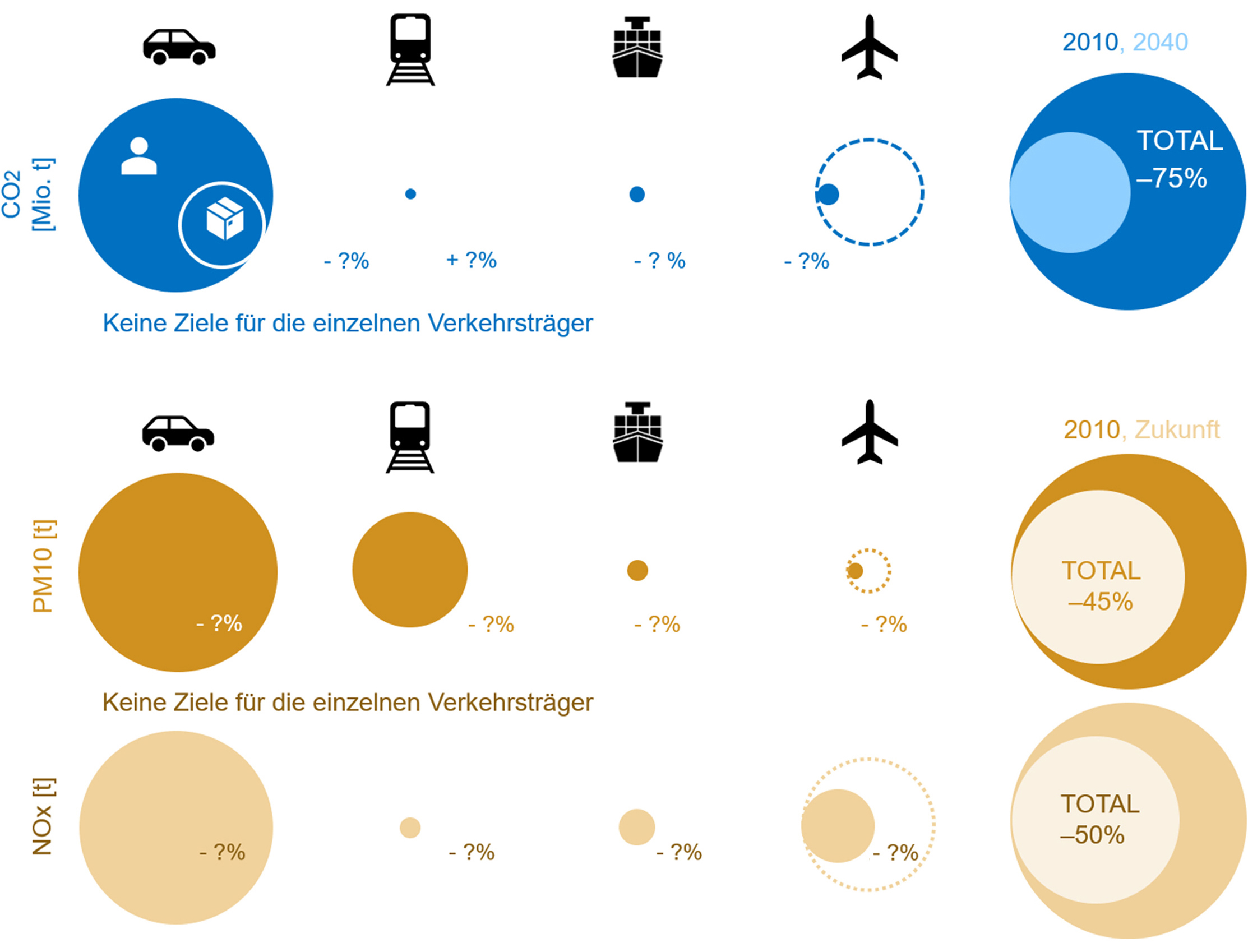
Expected failure to achieve targets despite technical feasibility
The use of available technologies would enable Switzerland to meet the established targets for lowering energy consumption and CO2 emissions, as well as those for most air pollutants. In addition to shifting transportation services to the rail, the most important factors include the use of electric motors powered by renewable sources of energy and the introduction of more environmentally friendly means of manufacturing batteries. Additional infrastructure-related measures would be necessary to reach the targets for noise and land use.
Although target achievement is technically feasible and significant progress is being made to improve air quality, the pace of current efforts to improve the environmental sustainability of transportation will leave of far short of target achievement by the year 2040. In order to better exploit the potential of existing technologies, legislative measures will need to be implemented as appropriate.


